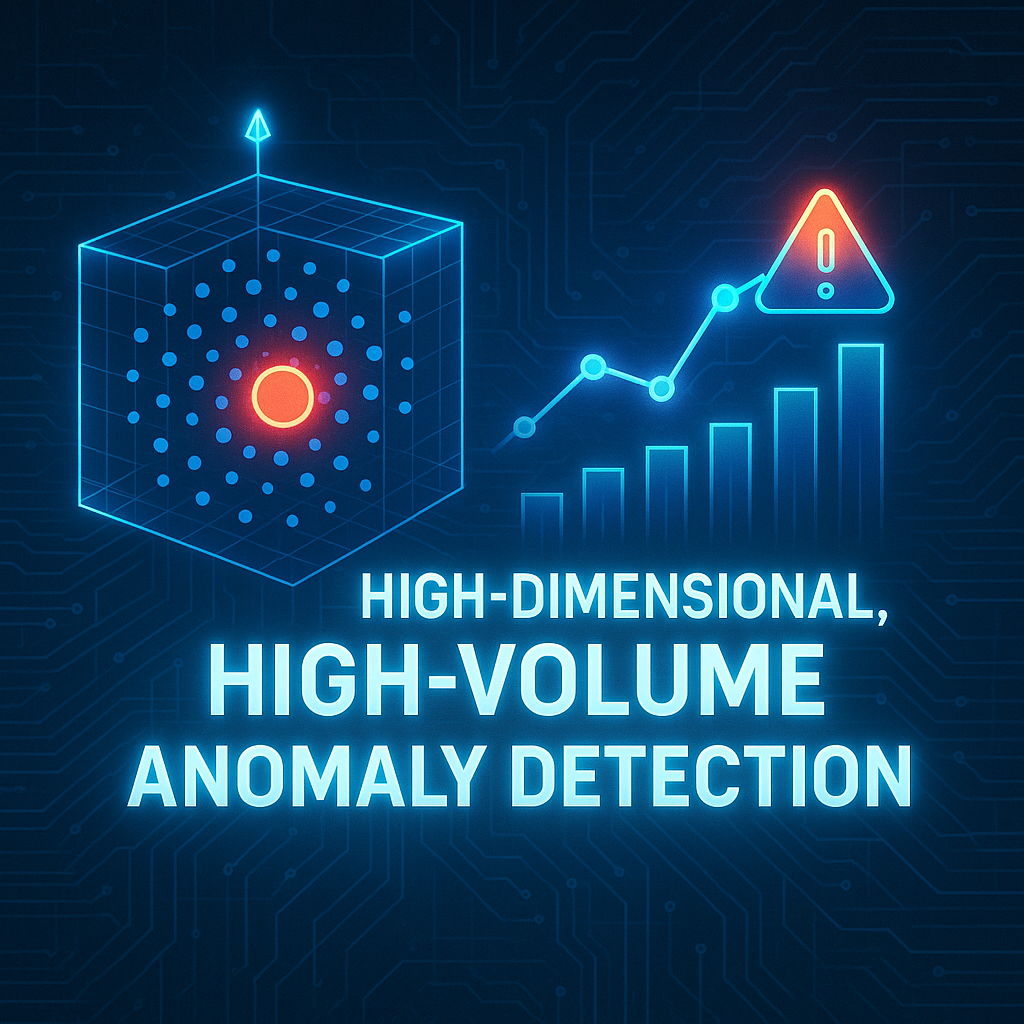High-Dimensional, High-Volume Anomaly Detection

High-Dimensional, High-Volume Anomaly Detection
Traditional statistical methods and static rule engines are inadequate for real-time anomaly detection in high-dimensional, high-velocity data (e.g., sensor networks, financial transactions, cybersecurity logs).
The sheer volume (PB), variety, and velocity (GB/s) necessitate dynamic, adaptive systems capable of: Distributed Feature Engineering - Extracting relevant features from raw, unstructured data. Adaptive Anomaly Scoring - Diverse, context-aware algorithms. Causal Inference & Explainability - Human-interpretable reasons for detected anomalies. Autonomous Remediation/Alerting - Triggering appropriate actions with minimal latency.
Agentic AI with LangGraph & Ollama This architecture employs a multi-agent system orchestrated by LangGraph, with specialized agents leveraging Ollama for LLM inference. This structure adheres to the principles of ACP and MCP, enabling decoupled, yet coordinated, intelligence. LangGraph State-Agnostic Agent Orchestration Ollama Localized LLM Inference for Explainability Agent Communication & Coordination Protocols (ACP/MCP)
Multi-Agent Coordination Protocol (MCP) that will govern the collective behavior and decision-making of agents. LangGraph's graph structure itself embodies the MCP, dictating the flow of control and information based on the internal state and conditional transitions.